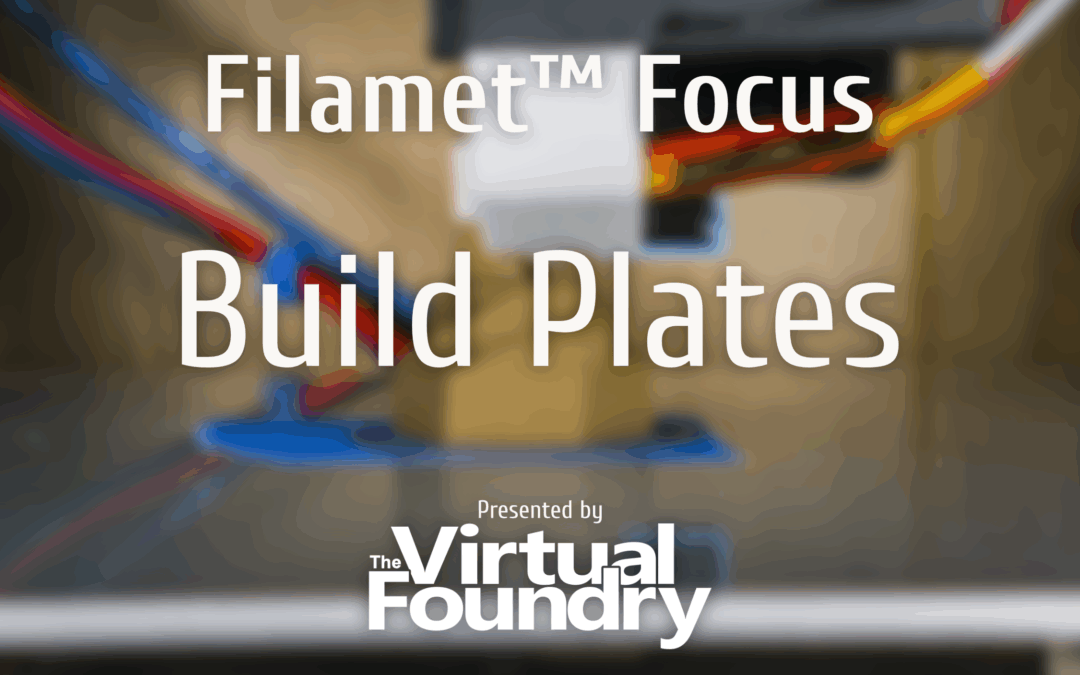In this episode of Filamet Focus, we dive into build plates for printing with Filamet™. Learn which surfaces work...

Filamet™ Focus: Ep 2 – Build Plates
read more

In this episode of Filamet Focus, we dive into build plates for printing with Filamet™. Learn which surfaces work...

Welcome to Filamet™ Focus, the podcast dedicated to answering your questions about The Virtual Foundry’s metal 3D...